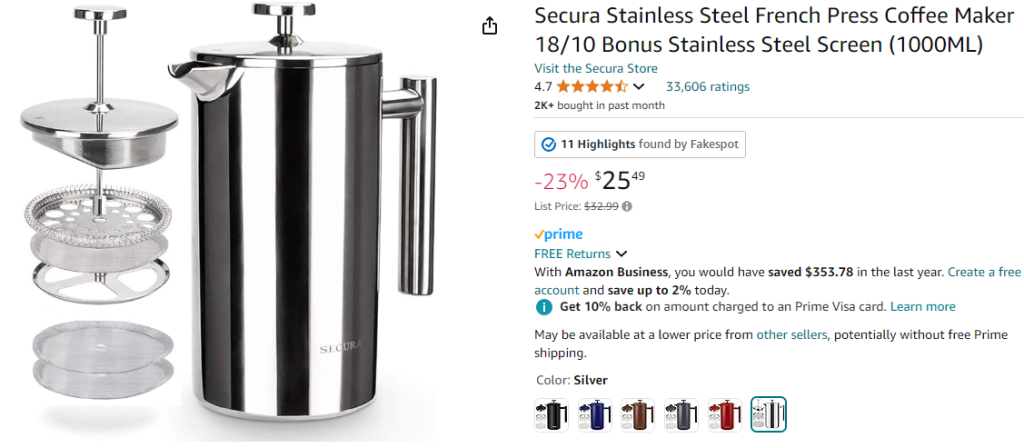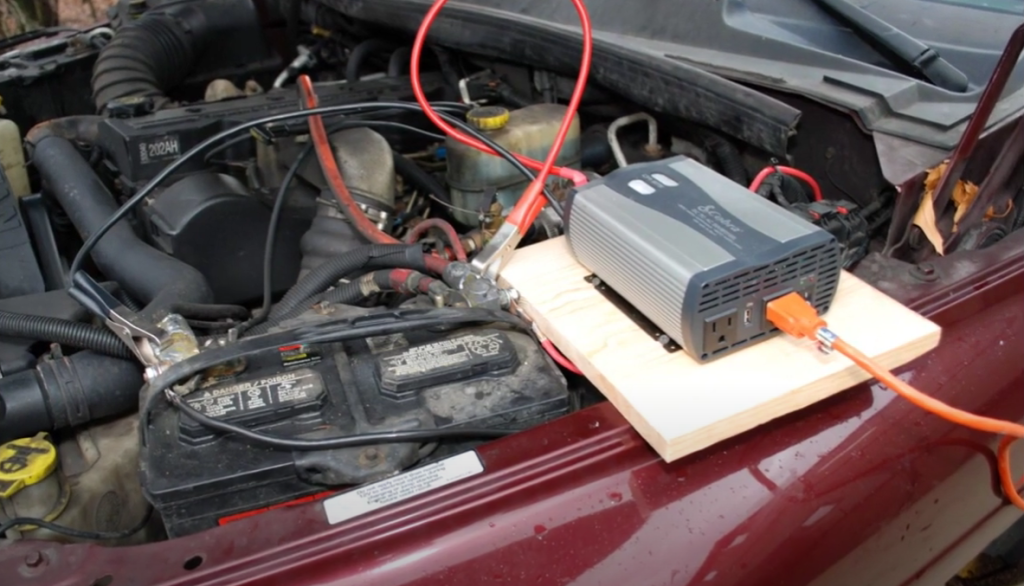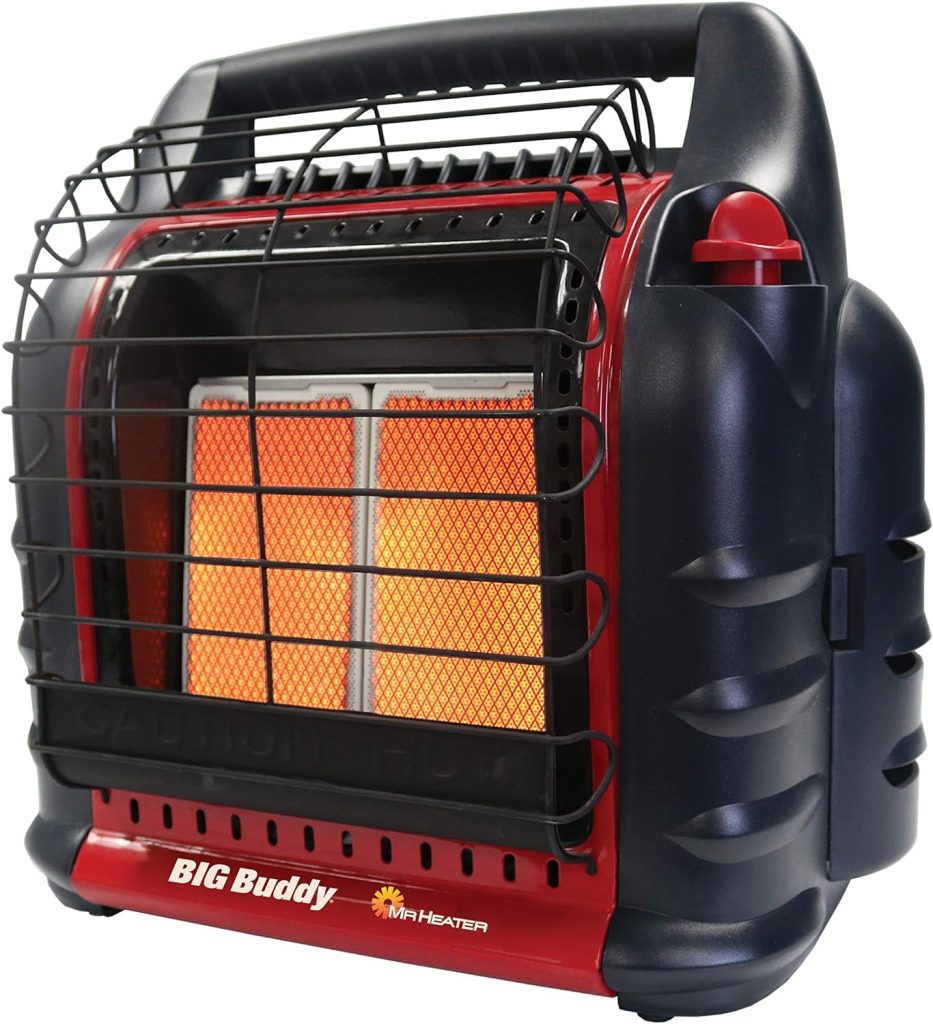When the power goes out for a few days, what motivates you to drag your generator out and run a bunch of extension cords?
I think for most of us share the same priorities:
- I need lights and to charge my phone and some other devices.
- I need to keep my fridges and freezers running.
- I need to deal with climate extremes somehow.
- I need coffee…and some cooked food.
I confess, the following info is a reminder for myself on what I need to have all the basics covered. I have all this stuff, but it’s not all collected together ready to go.
Easy and Cheap Backup Power
A car (or tractor) is a nice quiet power plant, and we can power our essentials for days by connecting an inverter to our car(s).
A typical fridge or freezer only consumes about 300W while running and requires about 800W to start. A 1,000W inverter is sufficient to power a fridge while idling a car. The amount of power produced by your car’s alternator will vary from 500-2,500 watts.
If you know output rating of your alternator, you could get a larger inverter like 1,500W or 2,000W. However, a typical auto alternator can supply about 700 watts maximum for sustained period of time and you could kill your alternator if you demand more from it for hours.
A car-inverter can provide lights, device charging and refrigeration for several days for each car or longer if you have extra gas cans.
Emergency Power Kit for under $200
- 1,000-2000 Watt inverter ($60-$150)
…they are so inexpensive we have two for redundancy. - Extension cords and splitters. Set it all up and make sure you have all the cords and distribution you need to run your fridges, etc. ($100)
Don’t skimp on cord size. Make sure your main extension cord is at least a 12-gauge to make sure it can handle the load over the distance. - Put it all in a tote or large tool box and label it “Blackout Kit“. Make sure it’s big enough to hold your inverter and all your cords. Do not “borrow” anything out of that kit for any reason.
TIP: If you really want to score some points with other members of your household, put some labels on the items indicate how to set it up like, “Connect this to that and connect that to the fridge.”
The purpose of your flashlights lying around the house is to enable you to get to your blackout kit. Inside the kit you’ll have everything you need to power your essentials.
My car is a generator
WARNING: Don’t run your vehicle in an enclosed space unless you want a Darwin award.
Below is an example of what’s available on Amazon. I don’t have a particular recommendation.
TIP: The green “A” is a Fakespot Rating which scores the quality of the reviews. It’s a very handy browser extension to make sure the 5-Star reviews you see are legit.
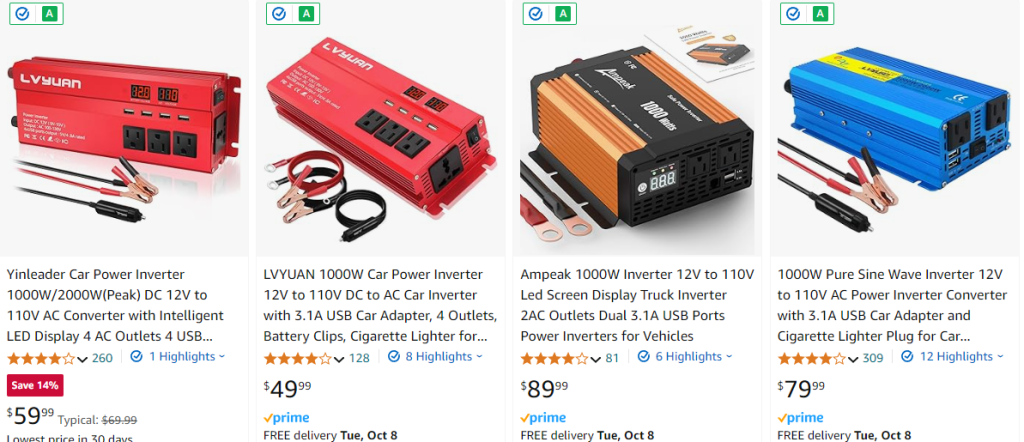
You may want longer cables
Most inverters come with short cables no more than 2-3 feet long that clamp onto your battery terminals. This is quick and simple.
I don’t have any scientific testing to determine how efficient a clamp on connection is compared to a bolt-on, but I’m guessing there’s a big difference. If you think you might need to run your inverter a lot and power major appliances for a few days, you may want to get a heavy cable and bolt them onto the battery terminals if possible.

During a prolonged power outage we ran the cables from the battery down under the car and set the inverter on a block of wood. It enabled us to close the hood to keep the rain off the motor and prevented the wind from whipping the hood around. It also enabled me to keep the inverter dry and out of the weather.
At first I just closed the hood most of the way and left a couple blocks of wood to keep the hood off the inverter. However, inverters do not like to overheat. Trapped under a car hood generating heat next to a hot motor is not a good combination for an inverter. Moving the inverter under the car kept the inverter cool and dry.
I should have taken a picture of my setup, but the storm was impressive and I just wanted to get back inside.
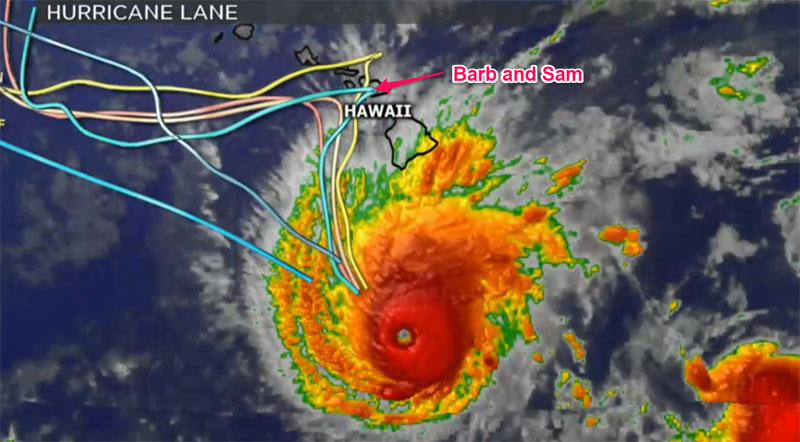
Mobile Power Station
If you want to get a little more creative, it’s fairly simple to build an emergency battery bank into a truck tool box and permanently wire an inverter into your battery and mount it in your vehicle. If you want to get more elaborate, you could add batteries to you tool box and use the power from the vehicle to charge those batteries, then connect the inverter to that battery bank.

I’m good, I have a generator
The main error most of us make with generators is not running them regularly or maintaining them well. I’m horrible at keeping up on the maintenance on small equipment.
The other big hassle is fuel storage, especially in a hot humid climate. The most reliable routine is to buy one quality can per month for 12 months and put that month’s number on it. 12 x 5 gallon cans provides 60 gallons of fuel. Each month, pour that month’s can into your car and go refill it.
Quality cans are expensive, but its the only way to keep fuel in an extreme climate. I kept a can of gas in a hot garage for a year in Hawaii and never smelled any fumes. If you follow the 1-can-a-month plan, you’ll have 12 cans in a year, and they will last you for many years.

How Can I Keep All My Food Cold?
Let’s assume you can run one high-draw appliance at a time while charging other devices or running a typical LED/LCD TV, laptop, etc.
- A freezer can typically keep food frozen for 24 hours without any help, but you can keep it going indefinitely by plugging it into your inverter for one hour 2-3x per day.
- If you have more than one fridge consolidate everything you need into one and do not open the second one.
Plug in your backup fridge for two hours 2-3x per day. - Plug in your main fridge for 1-2 hours 2-3x per day.
- Only open your fridge when absolutely necessary and shut the door as quickly as possible.
- Cover your freezers with blankets or other insulation while the power is out but make sure they have enough air circulation around the compressor when you’re running it.
It’s a bit of a hassle to constantly switch cords around your house, so buying a few more cords is handy. Even if you have to move your good cords from one device to the other, it’s still better than having hundreds of dollars worth of frozen food spoil.
A full fridge and freezer is more efficient. If you have a large void, fill water jugs 2/3rds full and fill up the space.
- The ice will help keep the food of the freezer cold.
- You’ll have extra gallons of cold drinking water.
TIP: Fill a water bottle half full and freeze it upside down. Once frozen, turn it over so the ice is at the top and leave it in your freezer. If you open the freezer and notice the water is at the bottom, that means your freezer has thawed and the food stored in your freezer may have thawed and may not be safe.
Lights and Device Charging
You can solve the light issue with a few basic steps. We have used this method several times, and I can testify to it’s effectiveness. We use this type of battery exclusively, and we always have at least a dozen charged all the time. Whenever a set runs out of power, we swap them them put them right on the charger.
- AA NiMH rechargeable batteries.
- Always ready charger
- LED lamps
- Power Strips

Climate Control
Climate control typically requires a lot of energy. The key to that is to be able to have a comfortable space in your home and not try to to heat or cool the entire house.
For example, you can pick up a rolling AC unit for $400-600 that live in a closet somewhere most of the time. When you need it, you can roll it into your “cool room”, and put the vent into a window, run an extension cord to it and have cold air pumping out in about 15 minutes. You can also buy a window AC unit, but they can be a hassle to lug around and put in place without scuffing up your window sills.
You might be able to run a room AC unit with your car inverter, but that’s it. You’ll need to rotate through your high demand appliances and plug in only one at a time or maybe two if you have a larger car alternator and inverter.
For heat, a Mr. Buddy heater is supposed to be safe for indoor use…though I’m always a little cautious about that.
Don’t waste your money on the little propane bottles. You can buy an adapter hose and connect the heater to a normal propane can and have heat for days.
Cooling
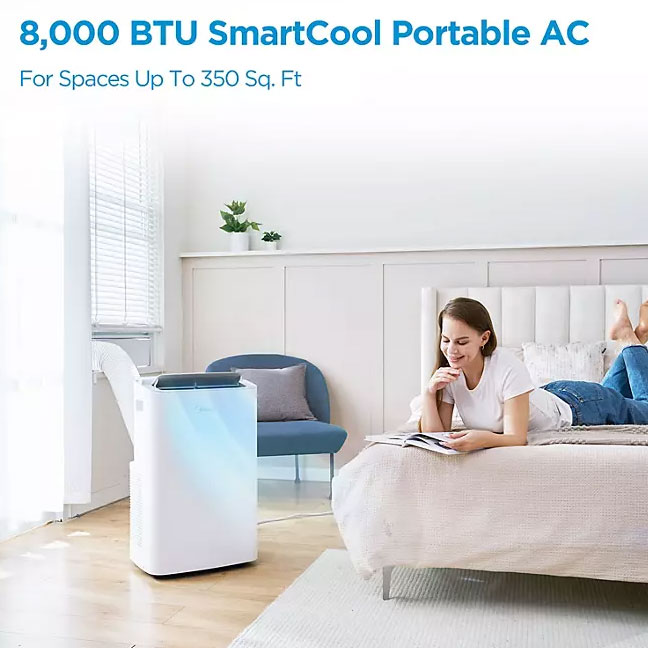
Emergency Food Preparation
The easiest way to handle emergency cooking is a bar-b-q and/or a gas griddle. Buy 3-4 extra propane cans and keep them full. You can cook MANY meals with a few cans of propane.

Don’t forget the essentials…Coffee!!
A French Press or old-school perc coffee pot can make you very popular, but cold coffee is a thing too.
